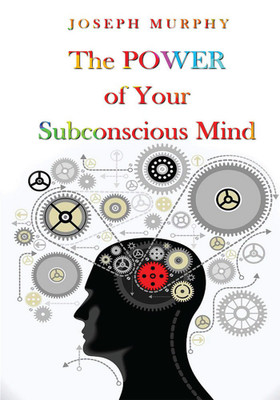
Novartis Foundation Symposium 218 - Sensory Guidance of Movement (English, Other digital, Novartis)
Share
Novartis Foundation Symposium 218 - Sensory Guidance of Movement (English, Other digital, Novartis)
Be the first to Review this product
Special price
₹3,800
Coupons for you
T&C
Available offers
T&C
T&C
T&C
T&C
Delivery
Check
Enter pincode
Delivery by8 Sep, Monday
?
View Details
Highlights
- Language: English
- Binding: Other digital
- Publisher: John Wiley and Sons Ltd
- Genre: Medical
- ISBN: 9780470515563, 0470515562
- Pages: 354
Services
- Cash on Delivery available?
Seller
Description
Sensory Guidance of Movement Chairman: Mitchell Glickstein 1998 In the past few years there has been an increasing recognition of the multiplicity of sensory and motor areas of the cerebral cortex. However, still relatively little is known about the way in which sensory areas are functionally linked to motor areas. On the basis of current anatomical evidence, there are three major pathways involved in this linking. One of these routes is by way of cortico-cortical links, beginning in the primary sensory areas of the cortex, and connecting via a series of synaptic relays to motor or premotor areas. There are also two massive subcortical routes. One of these involves the basal ganglia, the other the cerebellum. This book focuses on current research on the structure and functions of these three pathways and their role in the sensory guidance of movement. Motor psychophysicists have made progress in characterizing the nature of movements such as reaching and grasping, and how such movements are modified by incoming sensory information. Anatomical studies have revealed important new information about the ways in which sensory information is relayed to the basal ganglia and cerebellum.There is now a volume of scanning evidence about the activity of brain areas in humans and recordings from individual neurons in animals during sensory guided movement. This book summarizes much of this recent knowledge and provides a forum for suggesting new avenues for further study. The topics covered also have important implications for understanding the role of these pathways in human disease.
Read More
Specifications
Book Details
| Imprint |
|
Dimensions
| Width |
|
| Height |
|
| Length |
|
| Weight |
|
Be the first to ask about this product
Safe and Secure Payments.Easy returns.100% Authentic products.
Back to top




